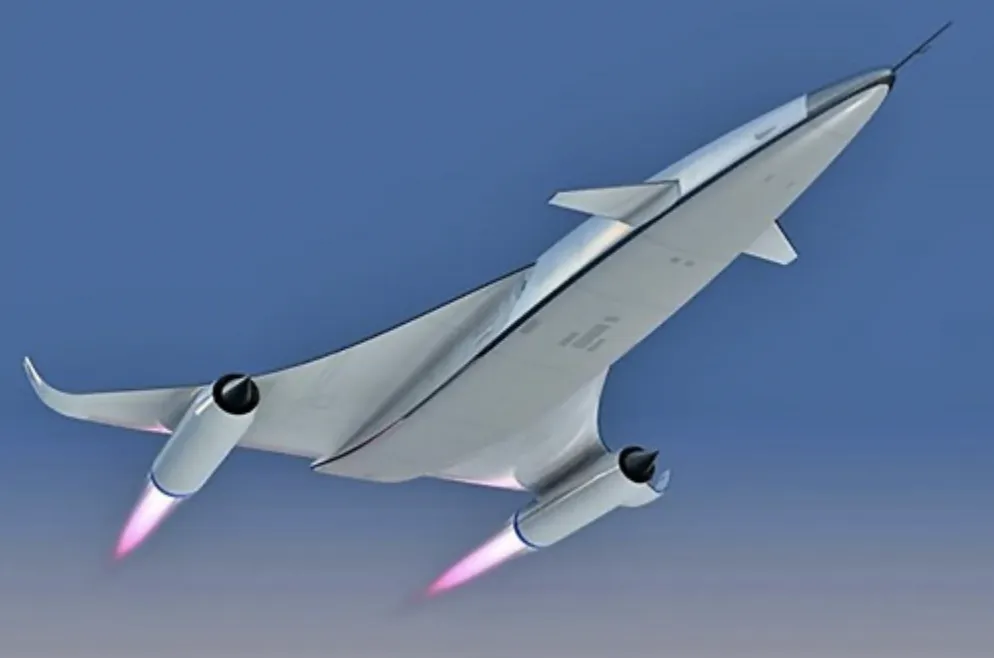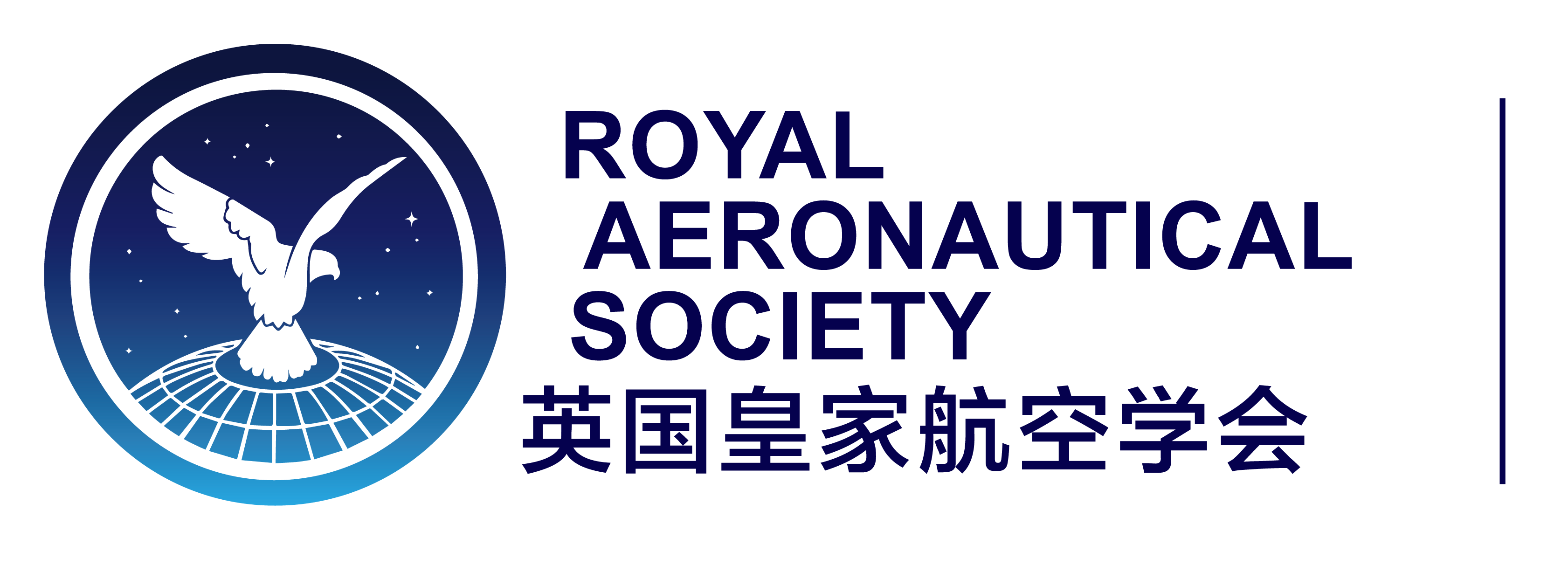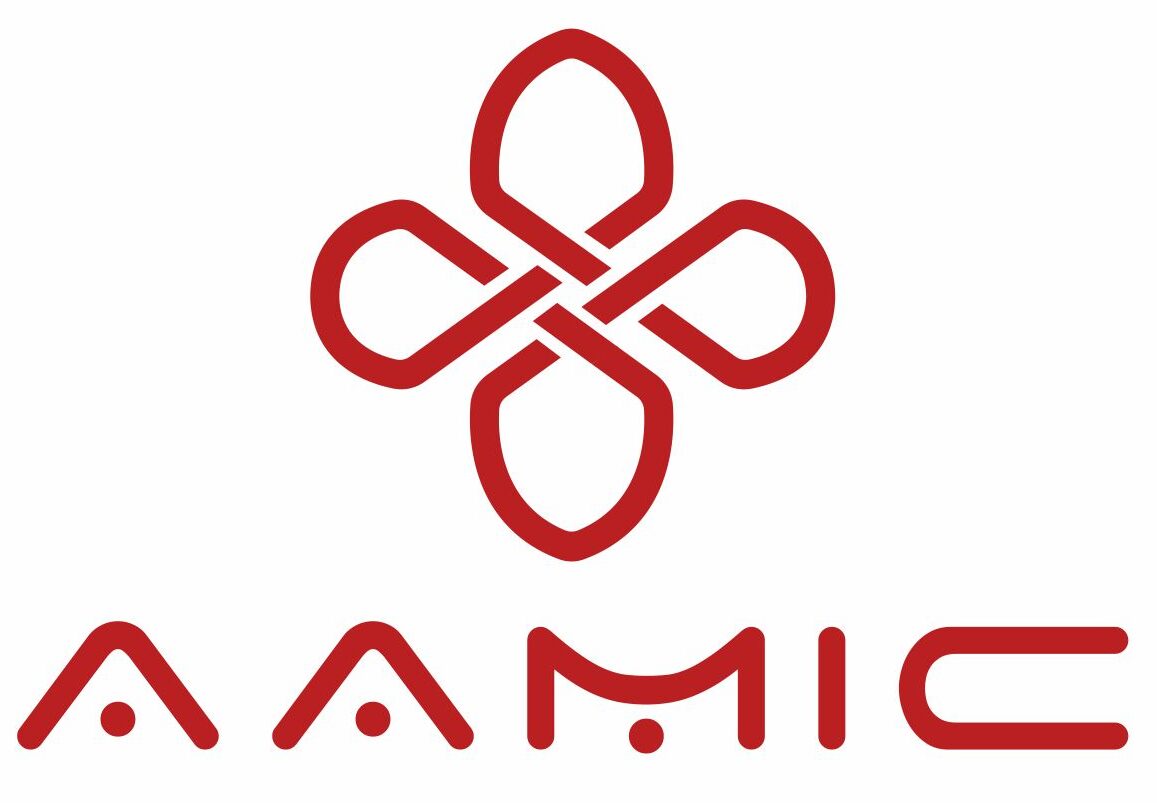The British supersonic pioneer went bankrupt. Where will the development of single-stage-to-orbit (SSTO) vehicles go?

REL was once called "the world's oldest startup". The company was founded in 1989 to realize the vision of founder Alan Bond - to build a fully reusable single-stage-to-orbit (SSTO) vehicle. However, due to failure to obtain new investment, the company entered bankruptcy proceedings at the end of October 2023.
For more than 60 years, a single-stage-to-orbit (SSTO) vehicle has been a challenge that has eluded all industries, including two multibillion-dollar U.S. programs - the National Aerospaceplane in the 1980s and the Lockheed Martin X-33 in the 1990s.

More than three-quarters of Reaction Engines' staff were made redundant immediately by receivers PwC following the company's collapse.
Sabre-powered Skylon
Sabre engine-powered Skylon aircraft
REL's Sabre engine, installed on the Skylon vehicle, is designed to be efficient in two ways, giving it an advantage over traditional rockets: using atmospheric air as an oxidizer at speeds below Mach 5, and harnessing heat energy in the intake air to increase thrust.
The core technology is the heat exchanger (Hx) at the engine's air intake, which cools and condenses the incoming air. The heat exchanger uses a helium loop to transfer heat to Skylon's liquid hydrogen (LH2) fuel. The hydrogen expands through a turbine, driving a compressor that pumps high-pressure, high-density cold air into the rocket's combustion chamber and fuel nozzle. When speeds exceed Mach 5, the Sabre engine will switch to traditional rocket mode.
REL has spent much of its life working on a heat exchanger that can extract 400MW of energy from an air stream without obstruction, and in 2009 it designed a "flying weight" device made up of "tens of thousands" of 1mm diameter Inconel tubes with a wall thickness of 40 microns and a frost control system to prevent it from turning into the world's best ice maker when it starts up.
Ambitious Goals
Ambitious goals

An early version of the Sabre engine (Science Museum)
The idea of a startup building a space plane on a technology park in Oxfordshire was never seen as feasible. REL’s goal is to get Sabre through enough tests and demonstrations that the company can return its backers’ investment with reliable, low-risk and valuable intellectual property (IP) for its partners, and still maintain control in the event of a large partner or US involvement. The latter is seen as a possible necessity, both for funding and flight test sites, as the UK lacks vast desert areas.
Sabre's novel features can be tested incrementally, starting on the ground and then transitioning to conventional aircraft; the problem for NASP, the X-33 and other programs is that ground testing doesn't eliminate all risk, and sponsors must commit to building a large and expensive X-plane with no guarantee it will succeed.
The Sabre engine switches to rocket mode by simply shutting down the air intake and heat exchanger, a process that is much simpler than switching the flow rates of a compound cycle engine, which is often a technical challenge.
Change of Direction
Change direction

In 2024, REL's engine was tested at M=3.5.
A single stage to orbit (SSTO) remains an elusive goal. Skylon vehicles require new lightweight materials and are decades and billions of dollars away. Under the leadership of then-CEO Mark Thomas, who left Rolls-Royce to join REL in 2015 during Bond's tenure as chairman, the company took two new directions.
One of these is the quest to apply powerful and efficient heat exchanger (Hx) technology beyond aerospace. The most famous example is the intercooler for the Mercedes-Benz F1 team, but REL is exploring mass-market applications in electronics, batteries and fuel cell power units.
Another direction was first proposed in 2019, when Simon Henley, REL consultant and former president of the Royal Aeronautical Society (RAeS), mentioned on LinkedIn that the company has developed a "pre-cooled propulsion system for high speed/hypersonic regimes." Henley pointed out that this engine can ensure that "reusable aircraft" can operate between zero Mach and high Mach, as long as the aircraft has enough fuel.
A single-cycle zero to Mach 3+ engine is impressive enough, but the last sentence Henley mentions is key. Precooling is feasible, and as early as the 1960s, engine cooling set a speed record for the F-4 Phantom fighter by spraying a water-methanol mixture into the inlet. Evaporation reduces the temperature at the compressor outlet, allowing the engine to run at higher Mach numbers without exceeding the thermal limits of the material, but the amount of water required limits this method to only short acceleration sprints. (US startup Hermeus uses water precooling technology in its Quarterhorse unmanned demonstrator, but it is currently limited to Mach 2.5.)
REL's system uses a heat exchanger through the air intake to transfer heat to the fuel, making it much more efficient and capable of sustained operation at speeds well above Mach 3, allowing fighter-like aircraft to have a significant supercruise radius - reportedly up to 750 nautical miles. The complexity of the air frame integration is comparable to any other turbojet engine.
Thermal Management Matters
Thermal management is important

The closure of REL (Reaction Engines Ltd) is a heavy blow to the development of supersonic technology in the UK and around the world.
There is no indication that REL’s technology itself has failed, so the project could well be bought out at a low price by former partners or new investors. If electric vertical take-off and landing (eVTOL) aircraft eventually become a practical technology, they too will require efficient cooling systems.
REL's cooled turbojet engine solves a long-standing aviation problem, but which customers are interested in paying for it? The UK seems to have given up on this area, while high-speed research in the US is held hostage by three funding agencies - NASA, the Air Force Research Laboratory and the Defense Advanced Research Projects Agency (DARPA) - with little coordination between them. Could this area be a real opportunity for venture capitalists?
Bill Sweetman





